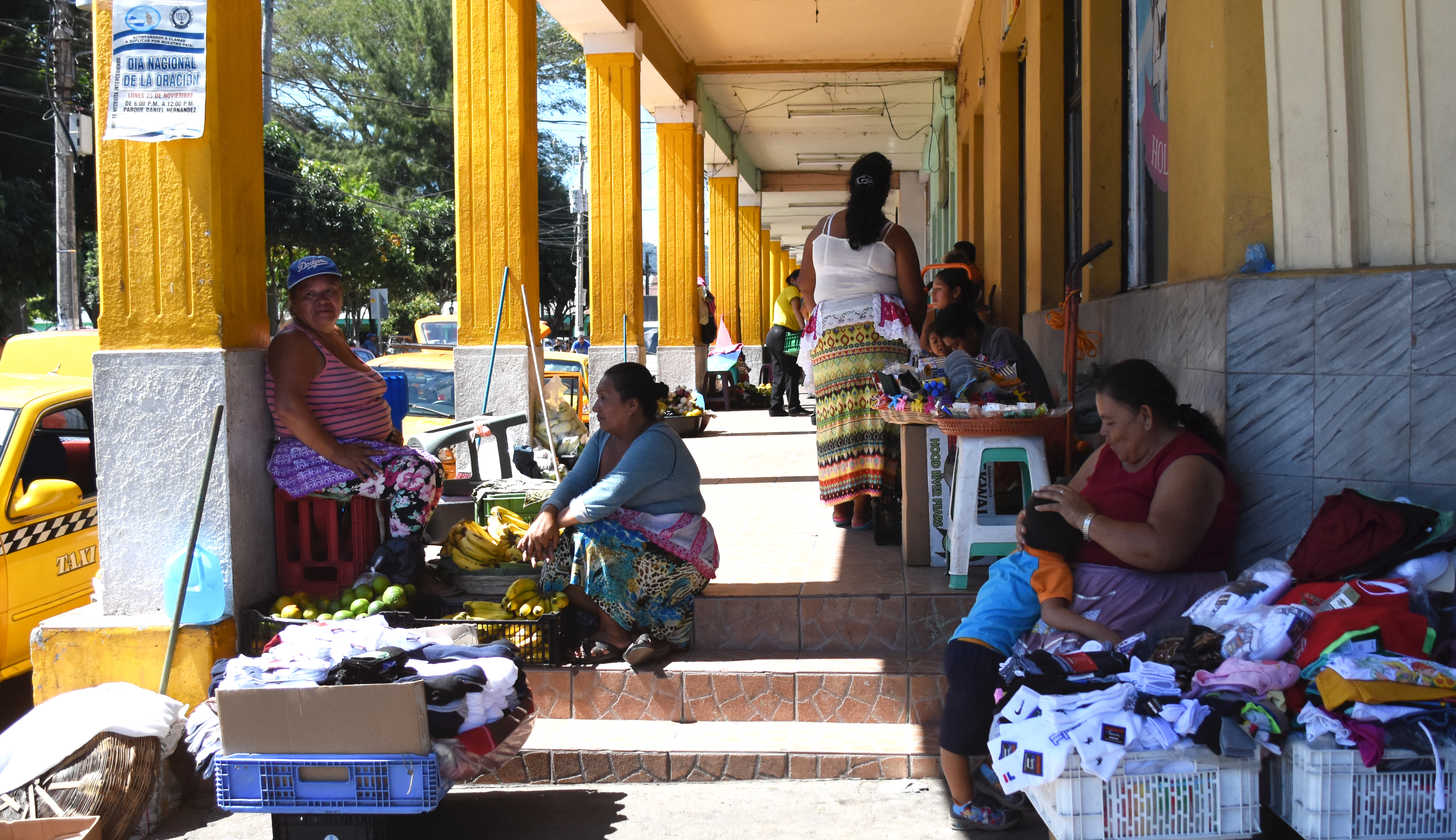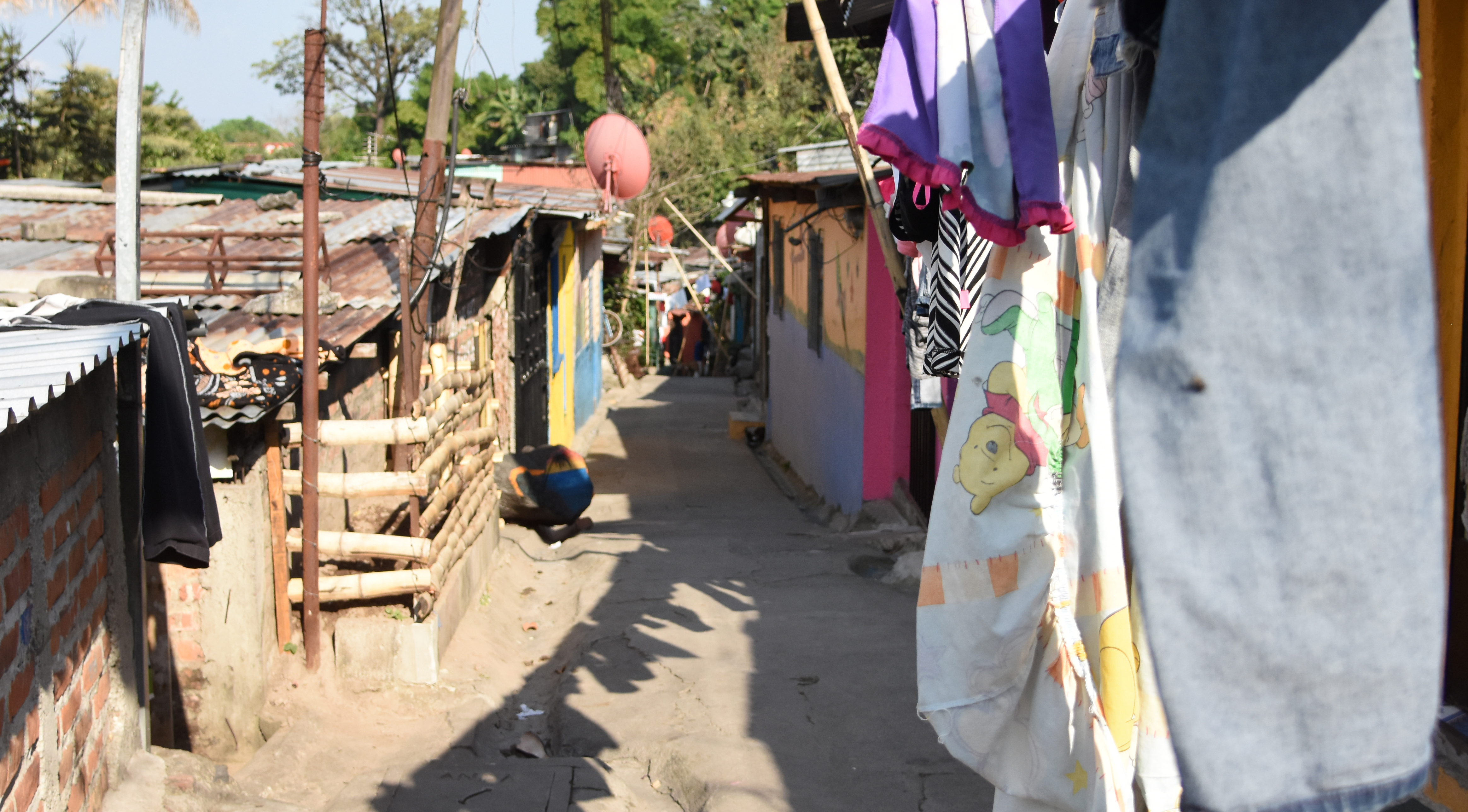![A group of teenage girls sit in the corner of a basketball court at a government-operated children's home in San Salvador. Ricardo, the director of the home, said girls make up the majority of their population. “In some cases there are social risks, especially with girls. In this country there are gangs—they have had a connection with [the girls] and they’re instructing them what to do," he said. "The girls aren’t criminals, the girls we have here. But there is a risk because they are girls. They’re very innocent and they’re very pretty—the gang members want them." Image by Kayli Plotner. El Salvador, 2016. Media file: cipi.jpg](/sites/default/files/03-11-16/cipi.jpg)
In El Salvador, a country the size of Massachusetts, live 6.4 million people attempting to recover from a civil war that ended more than 20 years ago. Its people are still fighting to recover from the war—both economically and socially.
More than one third of the population fall beneath the poverty line, leaving many children to join their families in the work force. In a country where only 3 percent of the public expenditures are put toward education, at least one-third of children drop out of school by fifth grade.
As of January 2016, El Salvador has a homicide rate of 104 people per 100,000, the highest of any country in nearly 20 years. Many of the murders are attributed to gang violence, as the truce between the country's two major gangs, the Mara Salvatrucha ("las maras") and the Barrio 18 ("el diez y ochos") has crumbled over the past years. It is often the children who must pay the price. Many flee north, fall victim to gang activity, or end up in orphanages.
As of 2010 more than half, 66 percent, of El Salvador's children face abandonment. Many families suffer from extreme poverty, malnourishment, lack of education and domestic violence. Their children end up in government-operated orphanages or privately owned children's homes. The country's sole child protection law, LEPINA, passed in 2010, although a good start, leaves much to be desired in regards to interpretation, implementation, and acceptance into society.





